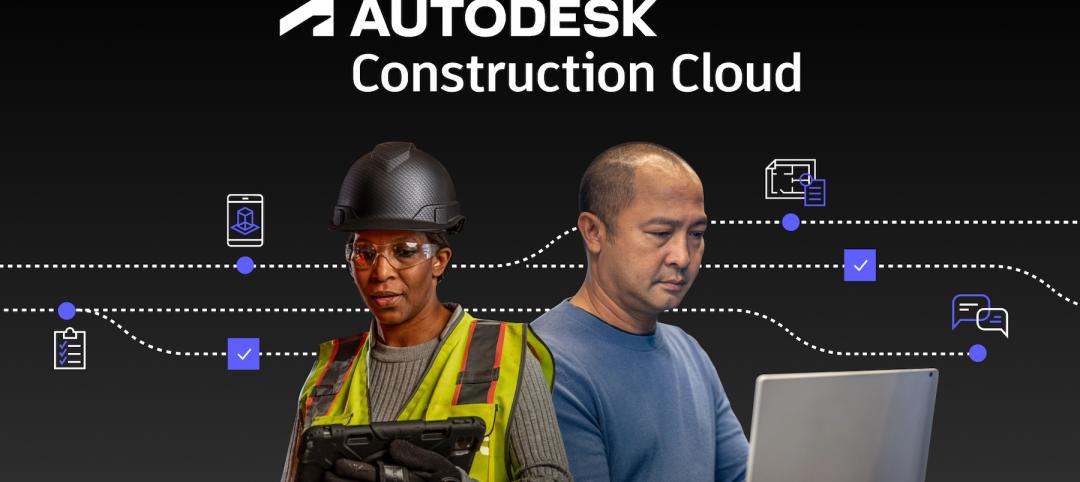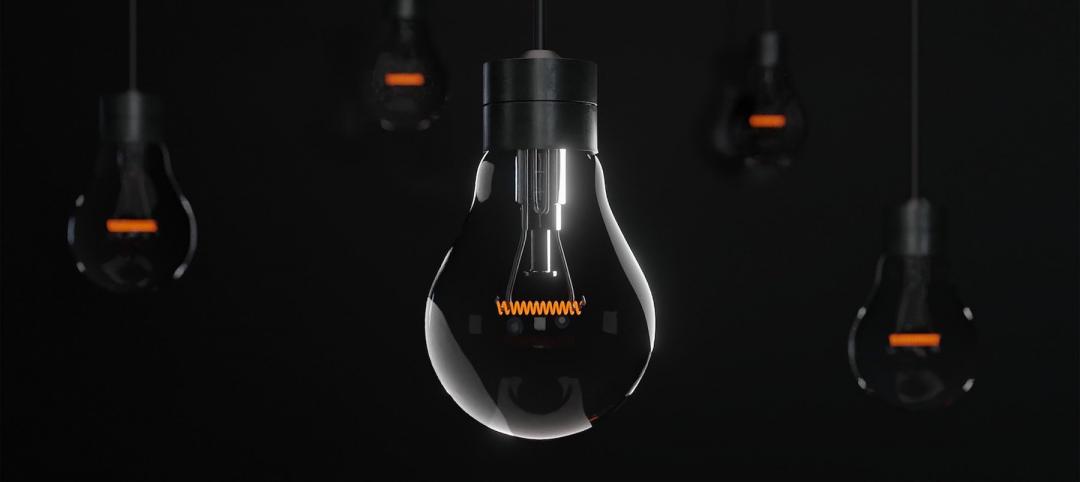PCL Construction has partnered with Far-UV Sterilray to create a sanitizing solution that enhances cleaning protocols and removes the burden of manual sterilization.
The PURE Portal module uses FAR-UV light technology to deactivate COVID-19 in only two seconds within six inches of the surface. It can also reactivate other pathogens that may be present on the surface. FAR-UV light, unlike UV-C light, is safe for human exposure because its specific wavelength cannot reach living cells.
The PURE Portal has been laboratory tested by a third party to ensure its effectiveness in removing COVID-19 on shopping carts. PCL has four FAR-UV light to be exponentially more effective at deactivating 99.9% of pathogens over traditional UV-C methods in a fraction of the time. The light technology is sustainable for nearly 3.5 years of continuous use, equal to 30,000 hours of bulb life.
The modules can be used to sanitize carts, baskets, luggage, backpacks, briefcases, or any other similar item that needs to be cleaned before use. PCL is currently deploying proof of concept modules in Canada and the United States.
Related Stories
Building Tech | Apr 6, 2022
Autodesk Construction Cloud Introduces New Data Sharing Capabilities to Transform Construction Collaboration
Autodesk, Inc. (NASDAQ: ADSK) today launched Bridge, a new collaboration capability that empowers construction teams to share only relevant data with project stakeholders, regardless of whether they are on the same team or building project within Autodesk Construction Cloud.
Modular Building | Mar 31, 2022
Rick Murdock’s dream multifamily housing factory
Modular housing leader Rick Murdock had a vision: Why not use robotic systems to automate the production of affordable modular housing? Now that vision is a reality.
Codes and Standards | Mar 22, 2022
Dept. of Energy awards $32 million for next-generation building retrofits
The U.S. Dept. of Energy has awarded a total of $32 million for more than 30 next-generation building retrofit projects that will dramatically improve affordable housing technologies, according to a DOE news release.
Sponsored | Reconstruction & Renovation | Jan 25, 2022
Concrete buildings: Effective solutions for restorations and major repairs
Architectural concrete as we know it today was invented in the 19th century. It reached new heights in the U.S. after World War II when mid-century modernism was in vogue, following in the footsteps of a European aesthetic that expressed structure and permanent surfaces through this exposed material. Concrete was treated as a monolithic miracle, waterproof and structurally and visually versatile.
Sponsored | Resiliency | Jan 24, 2022
Blast Hazard Mitigation: Building Openings for Greater Safety and Security
Coronavirus | Jan 20, 2022
Advances and challenges in improving indoor air quality in commercial buildings
Michael Dreidger, CEO of IAQ tech startup Airsset speaks with BD+C's John Caulfield about how building owners and property managers can improve their buildings' air quality.
3D Printing | Jan 12, 2022
Using 3D-printed molds to create unitized window forms
COOKFOX designer Pam Campbell and Gate Precast's Mo Wright discuss the use of 3D-printed molds from Oak Ridge National Lab to create unitized window panels for One South First, a residential-commercial high-rise in Brooklyn, N.Y.
Sponsored | BD+C University Course | Jan 12, 2022
Total steel project performance
This instructor-led video course discusses actual project scenarios where collaborative steel joist and deck design have reduced total-project costs. In an era when incomplete structural drawings are a growing concern for our industry, the course reveals hidden costs and risks that can be avoided.
Architects | Dec 20, 2021
Digital nomads are influencing design
As our spaces continue to adapt to our future needs, we’ll likely see more collaborative, communal zones where people can relax, shop, and work.
Urban Planning | Dec 15, 2021
EV is the bridge to transit’s AV revolution—and now is the time to start building it
Thinking holistically about a technology-enabled customer experience will make transit a mode of choice for more people.

















